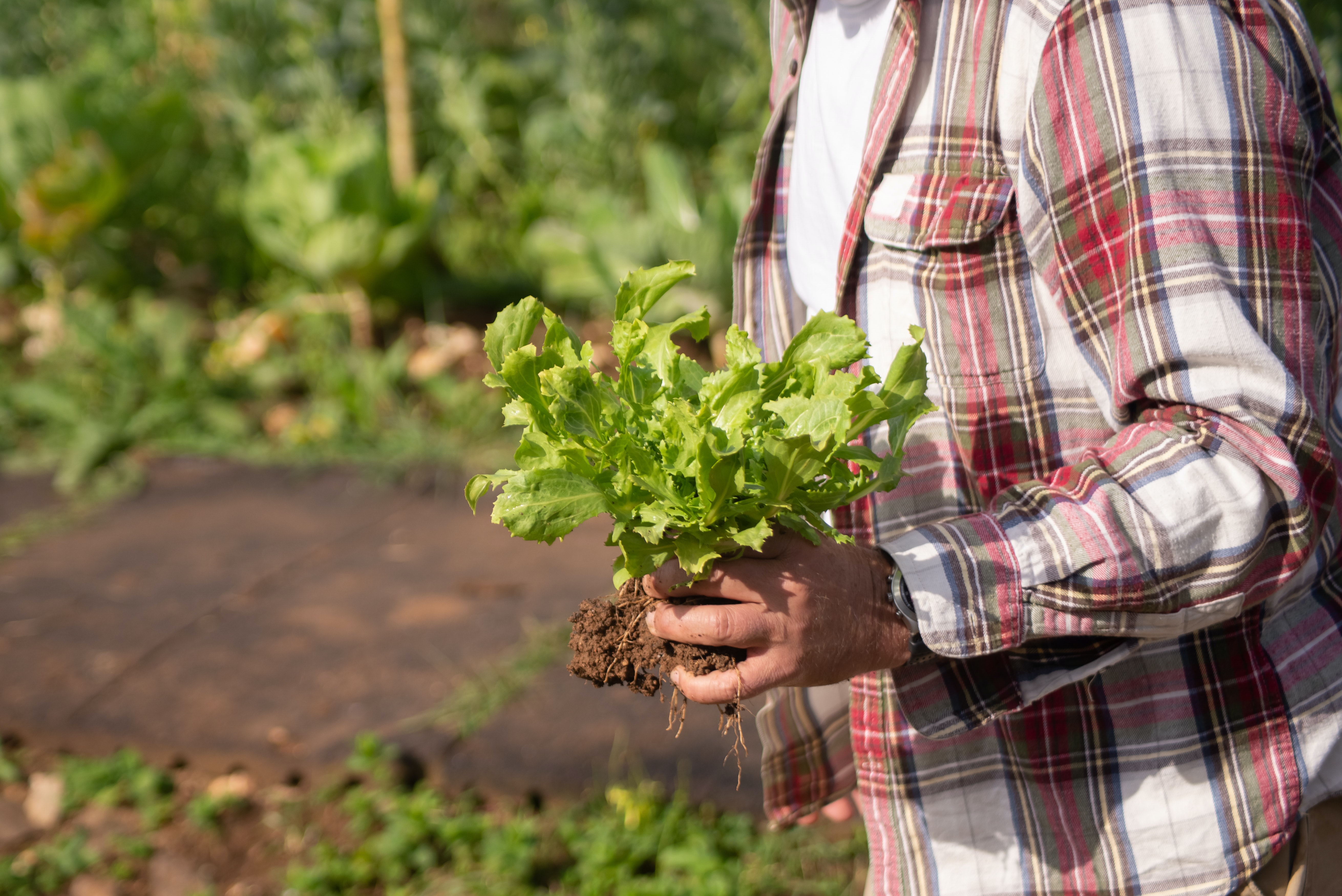FDA Traceability Rule: What Are the Latest Changes?
Learn more about the latest changes brought about by the FDA Traceability Rule.

The Food and Drug Administration (FDA) recently issued a new rule on food traceability. This rule is intended to facilitate the faster identification and rapid withdrawal of contaminated food from the supply chain and the market. This will ultimately result in fewer cases of foodborne illnesses.
In this article, we’ll take a look at the latest changes brought about by the FDA Traceability Rule, as well as how Silo can help you stay ahead of regulatory challenges.
What is the new FDA Traceability Rule?
When a food item and its components can be tracked from one point in the supply chain to another, it’s said to have full traceability. In order to ensure that products can be tracked along the entire supply chain, it’s necessary to keep detailed records of each step along the way.
The Food Traceability Final Rule put out by the FDA will require those who make, transform, pack, or hold food items that are on the Food Traceability List (FTL) to keep additional records.
The final rule is an important part of the New Era of Smarter Food Safety Blueprint that the FDA has developed, a set of goals intended to enhance traceability. It also puts Section 204(d) of the FDA Food Safety Modernization Act (FSMA) into effect, which outlines requirements for recordkeeping to protect the public’s health.
The new requirements of the Food Traceability Final Rule will make it easier to identify potentially contaminated food and remove it from the market, effectively reducing the rate at which foodborne illnesses occur.
Any applicable farms, retail facilities, and restaurants will be obligated to deliver relevant information to the FDA within twenty-four hours or within a stipulated time by the FDA when requested.
The final rule applies to both American and foreign businesses, given that they make food that Americans eat.
What does the new FDA Traceability Rule include?
Here are the major components of the new FDA Traceability Rule.
Essential information for helping authorities understand a company's traceability program will need to be provided when requested. These include:
The details of the processes used to prepare and preserve necessary documentation
Processes used to classify food types on the Food Traceability List
A description to designate traceability lot codes
A touchpoint for questions about the traceability plan
Records containing Key Data Elements (KDEs) will need to be kept at specific stages in the supply chain, such as reaping, chilling, initial packaging, receiving, processing, and shipping. These events fall under the category of Critical Tracking Events (CTEs)
The record keeping requirements of growing location and harvesting information have been moved from the First Receiver category to the Initial Packer category
Businesses will have to keep records either as an original copy, duplicate copy, or in the form of e-copies
In the event that the FDA requires assistance during an epidemic, recall, or other potential hazard to the health of the public, the records should be sent in an electronic spreadsheet that can be sorted
The final rule got rid of the requirement that importers would have to record, preserve, and discuss the entry number that was given to the food they brought in
What is the compliance date of the FDA Traceability Rule?
The rule itself is expected to go into effect on January 20, 2023. All applicable businesses should comply with the Food Traceability Rule on the same day, as the rule requires them to correspond with other links along the supply chain.
However, all businesses have until January 20, 2026 to fully comply and consolidate their maintained records.
What is the FDA Food Traceability List?
Section 204 of the FDA Food Safety Modernization Act (FSMA) identifies food items for which new documentation requirements are essential to safeguard the health of the public.
The Food Traceability List (FTL) specifies the goods that will need extra traceability data. Extra documentation rules apply to goods that are specifically listed on the FTL and to foods that contain listed foods as ingredients.
In addition to some fresh fruits and vegetables, the FTL encompasses shell eggs, instant gourmet salads, cheeses, and seafood items.
How will the FDA Traceability Rule help?
This final rule is expected to significantly reduce the likelihood of food contamination, allowing businesses to more swiftly respond to situations where there’s a risk of serious harm or death to consumers.
This consistent, data-directed approach to traceability documentation will help develop a unified, global language of food traceability, which paves the way for the industry to adopt and leverage digital, ubiquitous, and technology-enabled traceability systems in the near and distant future.
Silo makes regulatory compliance easy
Produce businesses that intentionally or unintentionally break industry regulations can suffer from catastrophic consequences. It can be hard for any business to keep track of all relevant standards and make sure they’re met.
Silo centralizes your business’ operations and record keeping so that you can see when changes are made, and by who. As a result, you’ll have more command over your business’ most critical information.
Book a demo with Silo today!
Want to book a demo with us?
Add your info and we’ll get one scheduled with you.